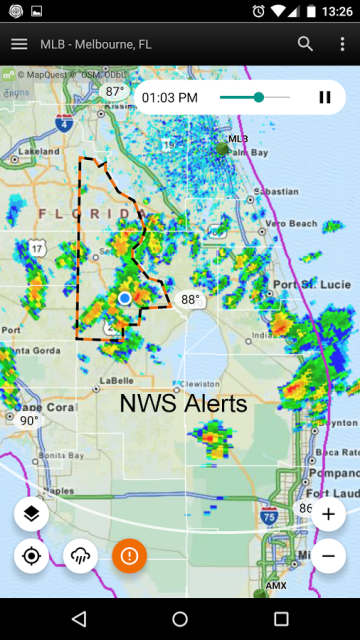I had some stuff to return at Wal-Mart yesterday. I was standing in line. There were two “gentlemen” (and I use that term VERY loosely) were standing there. The only clerk said, I need to talk to my supervisor. She walks away. Dude 1 is a little on the large side and seems fairly chill. Dude 2 is a wirey little guy, making lost of jerky motions and odd gestures, like he is hopped up on something. He turned towards me a couple times and kind of that face-of-meth look. Both are probably late 20’s. Apparently, they are trying to return some electronics without a receipt.
I kept my distance. I debated if I wanted to do this another time, but I really didn’t see this becoming violent, although Dude #2 did concern me. I was armed and had a closed from concealment garment. I had my bag of merchandise in my strong hand, so if I needed to draw, while my support hand was going towards my cover garment, my strong hand would just drop the bag. There did not appear to be an exit behind the counter. There was one door, but it was locked, as I saw an associate open and close it with a key. I assume that is where the money is. My only escape would be back into the store, which really was optimum. I did check from time to time to make sure I wasn’t getting blocked in.
At this point, Dude #3 comes up. This guy is probably in his 50’s, tall, thin, kind of homeless looking. Made some comment like, I gotta go and pick up my money now. Dude #2 talked to him some. The conversation didn’t make sense to me. Probably a lot of context I was missing, but these two guys were not rocket surgeons. Dude #3 leaves. Dude #2 is really excited at the prospect of Dude #3 getting his money.
About this time, the manager comes up along with another girl and the original clerk, So we went from no employees behind the counter to 3.
Manager: When did you buy this?
Dude #1: In the last couple of days (it is Tuesday).
Manager: I need to look up the receipt, so I need to know what date range to look. So, you bought it this week, since the weekend?
Dude #1: No, it was last week. Maybe Monday or Tuesday.
Clerk: We have a 15-day return policy on electronics
Dude #2: (Looking at Dude #1) we bought it definitely within 15 days, so go ahead and do the return (Like they were just going to take his work for it)
Manager: How did you pay for it? Credit Card?
Dude #1: I don’t remember. [Big red flag. Obviously, money is a big issue with the crew. They are not returning a pack of gum. I am guessing an iPhone, but just because of the white box. Anyway, probably a big ticket item. If this was a legitimate return (which I don’t think it was) they would know how they paid and when they bought it.]
Manager: I need your ID
Dude #1: I lost it last week.
Dude #2: He bought it, but I am returning it, because he lost his ID.
Manager: Do you have a receipt?
Dude #1: I think the maid at the hotel must have thrown it away. I can’t find it. (Living in a hotel? Another big red flag)
I miss the next little bit. The original clerk moves to a different register to help me. So, I am talking with her. Not sure the manager got Dude #2’s ID or not. The Clerk is not incredibly efficient in returning items. I am returning 4 things, 3 are on the receipt I give her, the 4th is not. Given what is going on to my right, I just keep my mouth shut, partially because I want to focus more attention on the dudes.
There is note a lot of conversation as the Manager is searching for this receipt. Occasionally she would ask a simple question that has a definite answer, like Yes/No or a date or something, and the dude twins would give a vague wandering answer. I can’t tell if they are purposely being vague because the are doing something illegal (which I believe) or if they just aren’t smart enough to answer simple questions (which I also believe).
So, my clerk “figures out what is going on” (note, I don’t really think she did, she just wrote something on my receipt) and gave me cash back for 2 items I just purchased with a credit card on Saturday. I thought, that is an illegal cash advance, but not my problem.
Me: What about the other two items.
Clerk: Oh….I’ll do that on a separate return. Sign on the terminal.
Me: (looking at terminal, no where to sign, signature screen pops up and goes away. Clerk hands me some money.)
So, she handles the return on the other 1/2 of my items. This time I actually have time to sign. I get my cash a second time and leave. Dude’s are still trying to return. I get out of there.
So, what did I do right, what did I do wrong, what should I have done differently?
In hindsight, I probably should have turned around and left as soon as I discovered Dude #2 was hopped up on something and this duo was probably doing something illegal. But, some issues there. I had merchandise with a return sticker. The greeter was an Indian guy. Nice guy, but English is not a strong point for him. I figured there might be a hassle trying to leave having not done the return. Also, Wal-Mart is not convenient for me. I was in the area and didn’t really want to make a second trip. I didn’t think the situation would deteriorate.

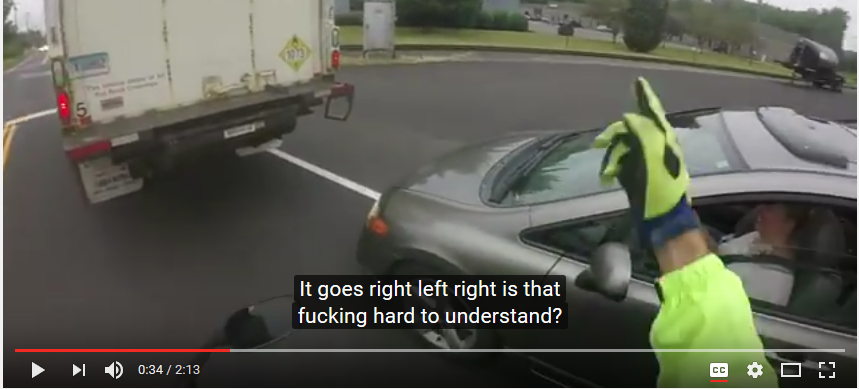
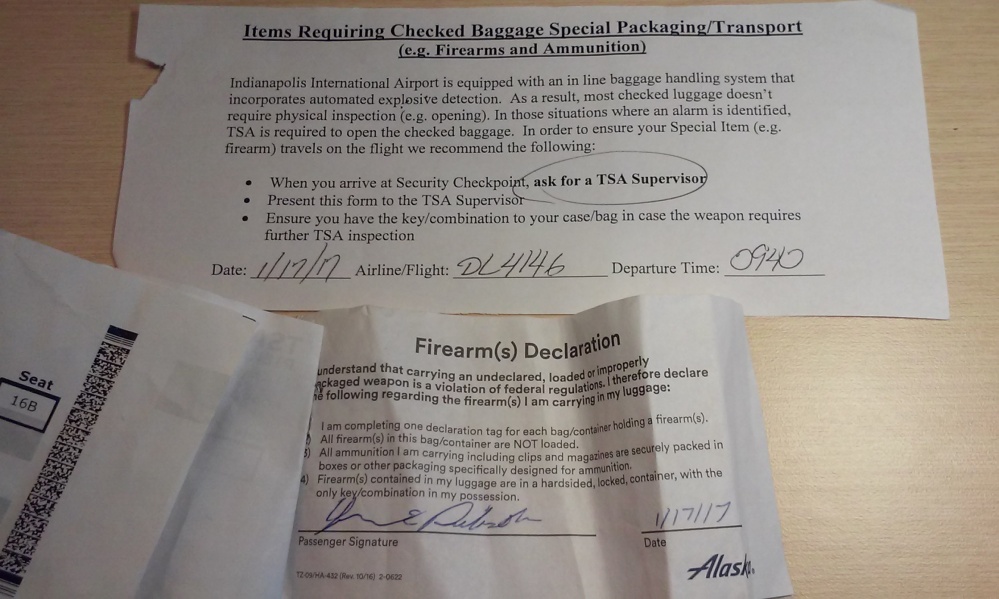


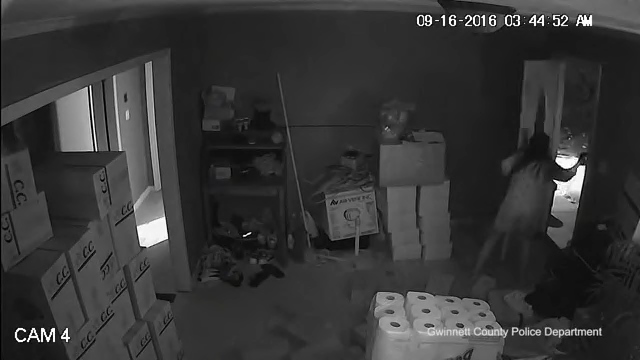

 Today was my first experience with TSA PreCheck.
Today was my first experience with TSA PreCheck.


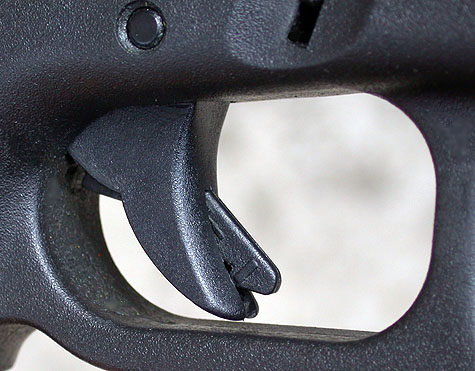 The Glock has a little tongue that locks the trigger to the frame when the tongue is not depressed. Because the tongue is not part of the firing mechanism, it can be very thin and light and not hurt the reliability of the firing mechanism. Also, the tongue return spring can be relatively stiff, compared to the weight of the tongue, and not interfere with the firing sequence. S&W uses a similar, but different approach in the hinged trigger. The result is, decent sized reliable triggers and reasonable spring weights provide for a comfortable and accurate shooting experience without compromising drop safety.
The Glock has a little tongue that locks the trigger to the frame when the tongue is not depressed. Because the tongue is not part of the firing mechanism, it can be very thin and light and not hurt the reliability of the firing mechanism. Also, the tongue return spring can be relatively stiff, compared to the weight of the tongue, and not interfere with the firing sequence. S&W uses a similar, but different approach in the hinged trigger. The result is, decent sized reliable triggers and reasonable spring weights provide for a comfortable and accurate shooting experience without compromising drop safety.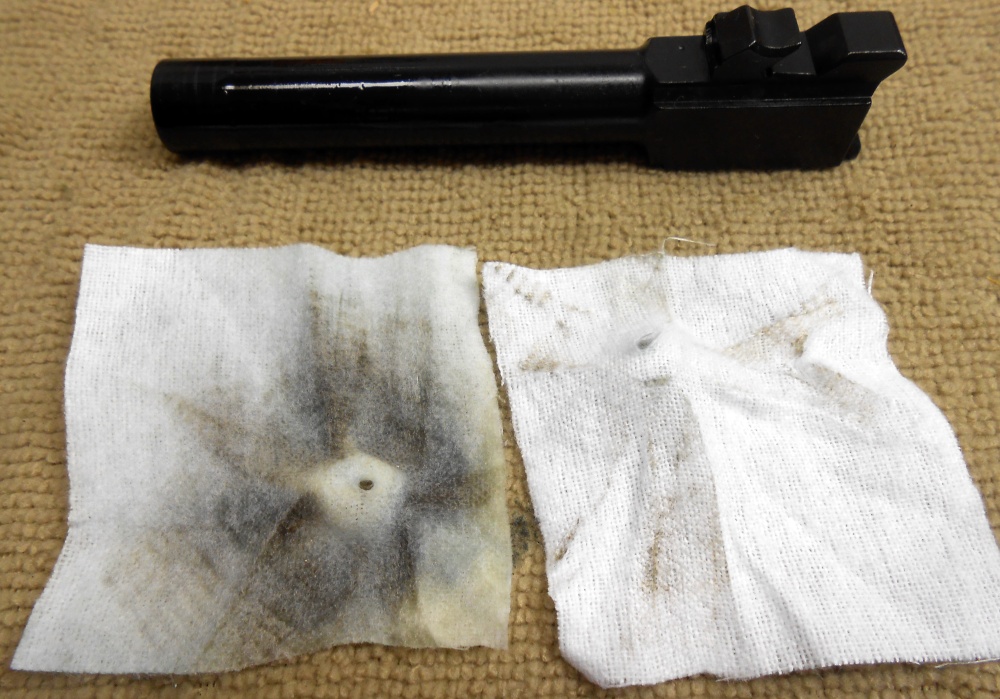
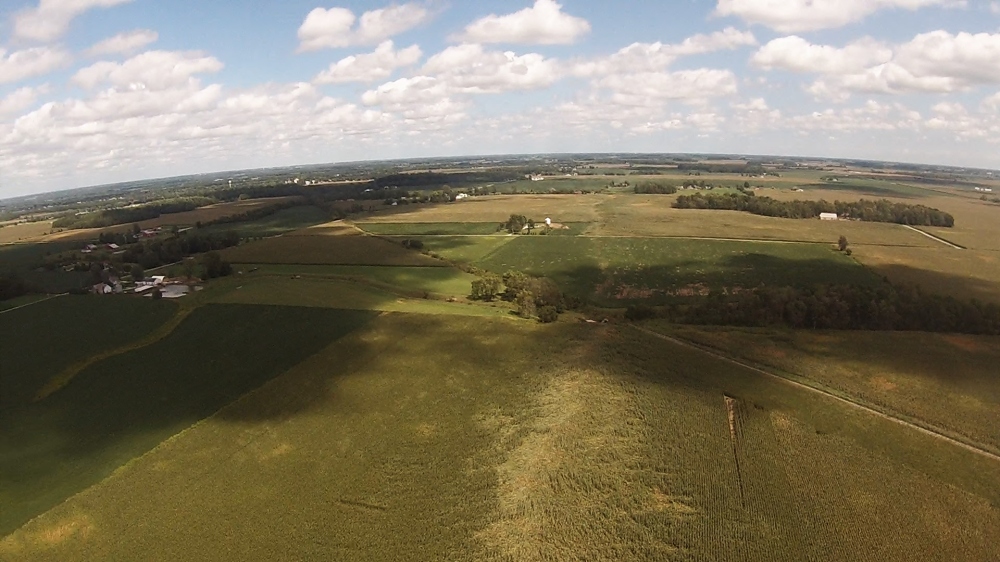 (Path of one of the tornadoes, Photo by Larry Piekarski)
(Path of one of the tornadoes, Photo by Larry Piekarski)